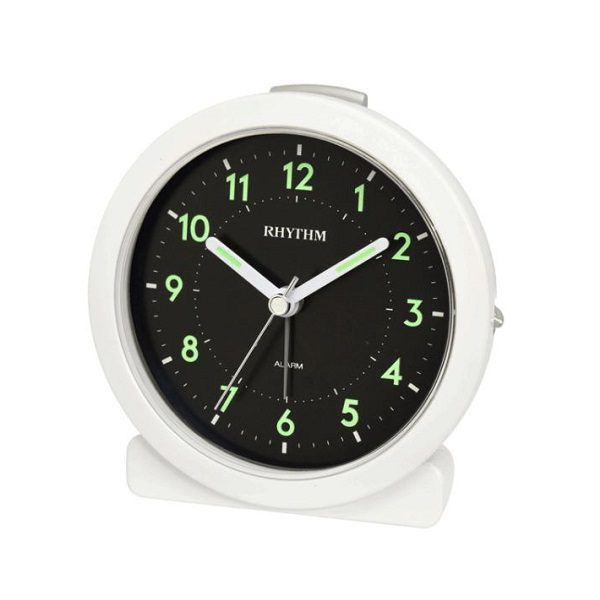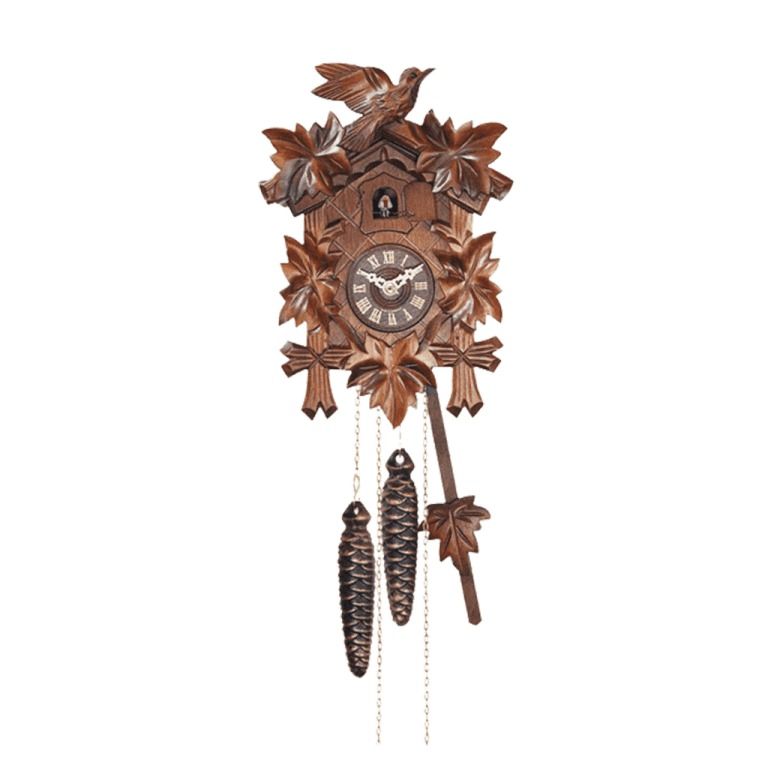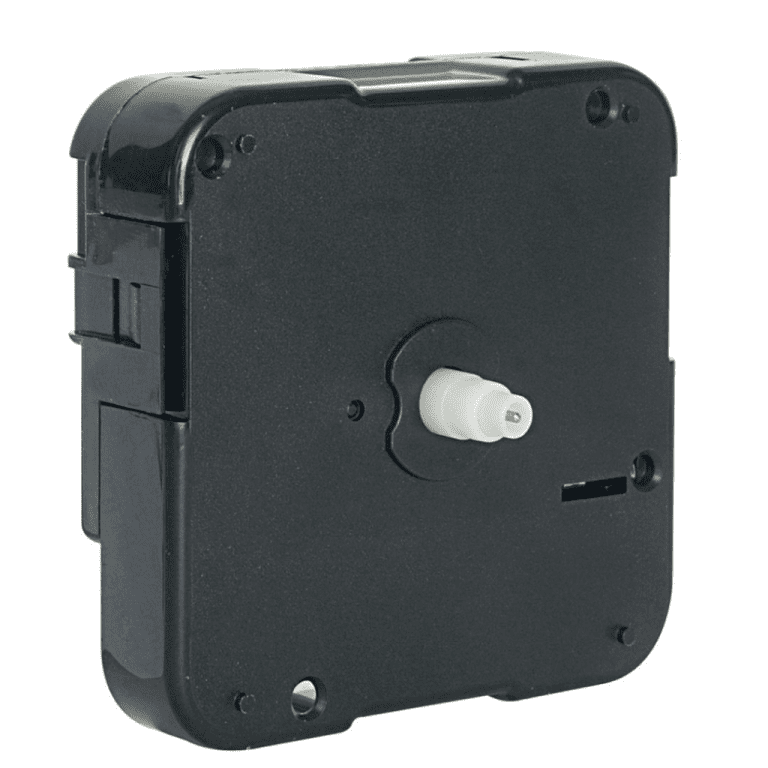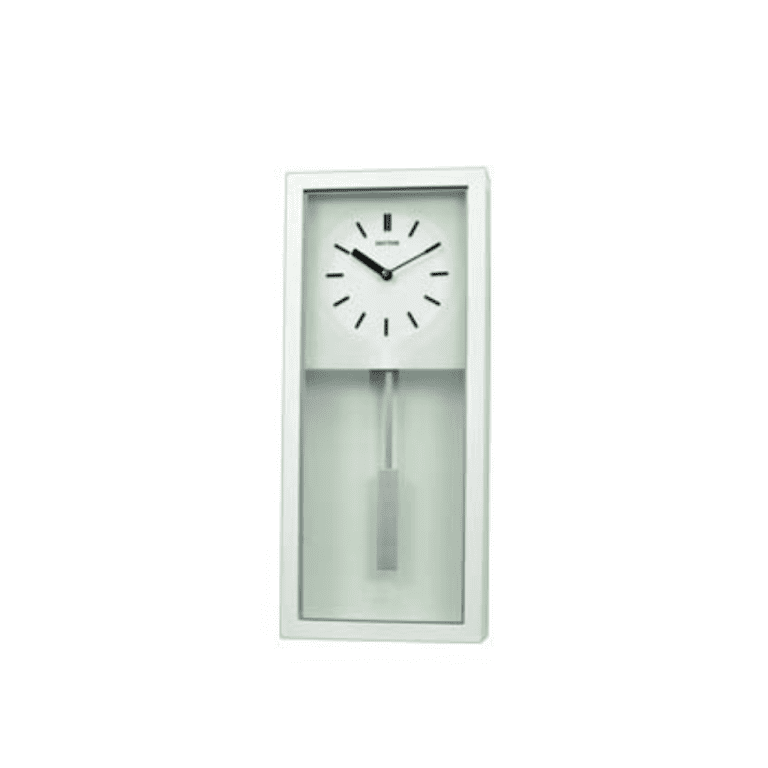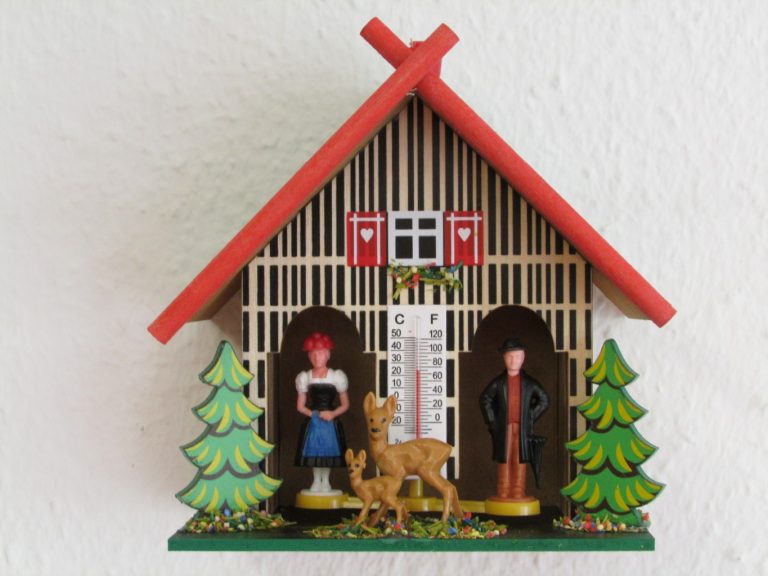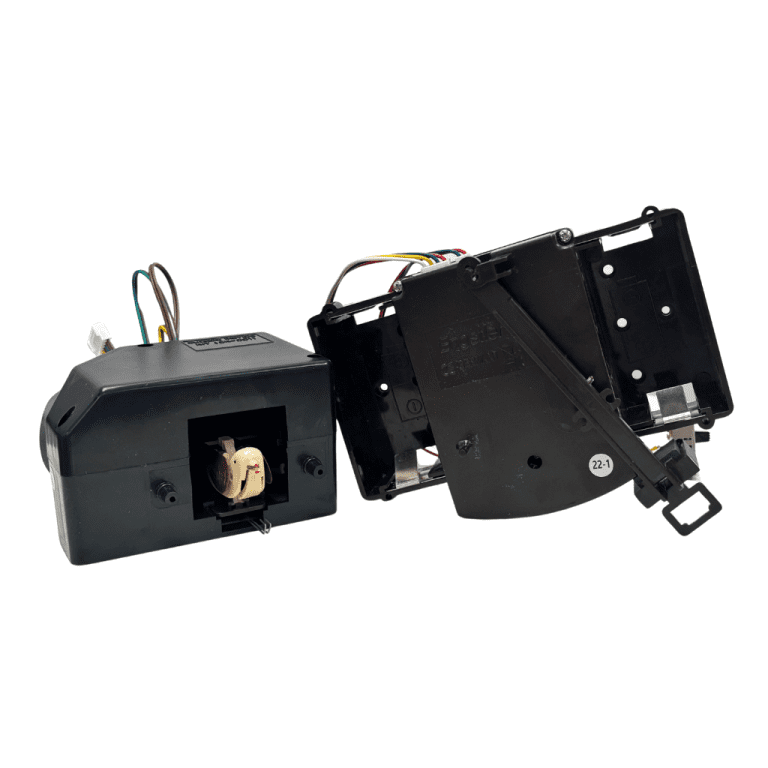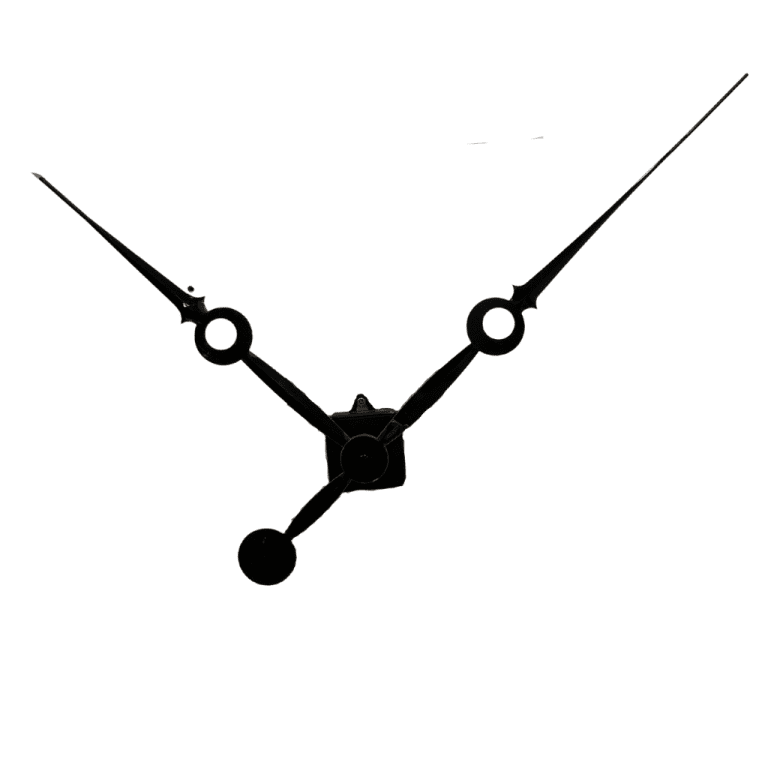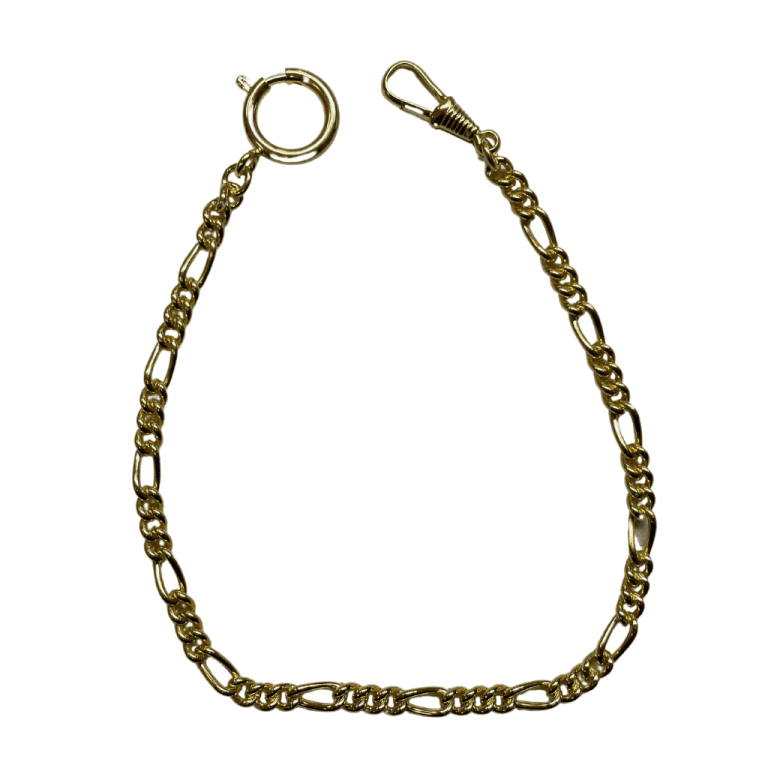Proper placement of a weather station in your home is essential to ensure accurate measurements. Here are guidelines for situating different parts of a weather station:
Outdoor Sensors:
- Thermometer (Temperature Sensor):
- Place it in a shaded area to avoid direct sunlight, which can cause inaccurate readings.
- Mount it at about 4–6 feet (1.2–1.8 meters) above the ground.
- Avoid heat sources such as walls, pavement, or air conditioning vents.
- Position it away from reflective surfaces and at least 50 feet (15 meters) from buildings, if possible.
- Hygrometer (Humidity Sensor):
- Install it near the thermometer to ensure consistent readings.
- Keep it sheltered from rain and direct sunlight.
- Barometer (Air Pressure Sensor):
- Barometers are not affected by placement as long as they’re indoors or in a weatherproof housing.
- Avoid placing them near vents, fans, or air conditioners, which might cause pressure fluctuations.
- Anemometer (Wind Speed Sensor):
- Mount it in an open, elevated area to avoid wind obstructions.
- Ideally, it should be 10 meters (33 feet) above ground level, such as on a rooftop or a tall pole.
- Ensure there are no nearby trees, buildings, or other structures that block the wind.
- Rain Gauge:
- Place it in an open area away from trees, walls, and other obstructions that might block rain or cause splashing.
- Ensure it’s level and mounted about 2–4 feet (0.6–1.2 meters) above the ground.
- Keep it free from debris.
Indoor Sensors:
- Indoor Thermometer and Hygrometer:
- Place these in a central location within the home, away from heating/cooling vents, windows, or doors.
- Avoid placing them near appliances that generate heat or moisture.
- Main Console/Display:
- Position it where you can easily read the display and access controls, such as in the living room, kitchen, or an office.
- Ensure it’s within the recommended range of the outdoor sensors (usually 100–300 feet, depending on the model).
General Tips:
- Follow the manufacturer’s instructions for specific placement guidelines.
- Test different locations to find the best spot for accurate readings.
- Regularly clean and maintain sensors to ensure long-term accuracy.





